Flavor characteristics of Costa Rican honey-treated coffee beans story honey-treated coffee taste
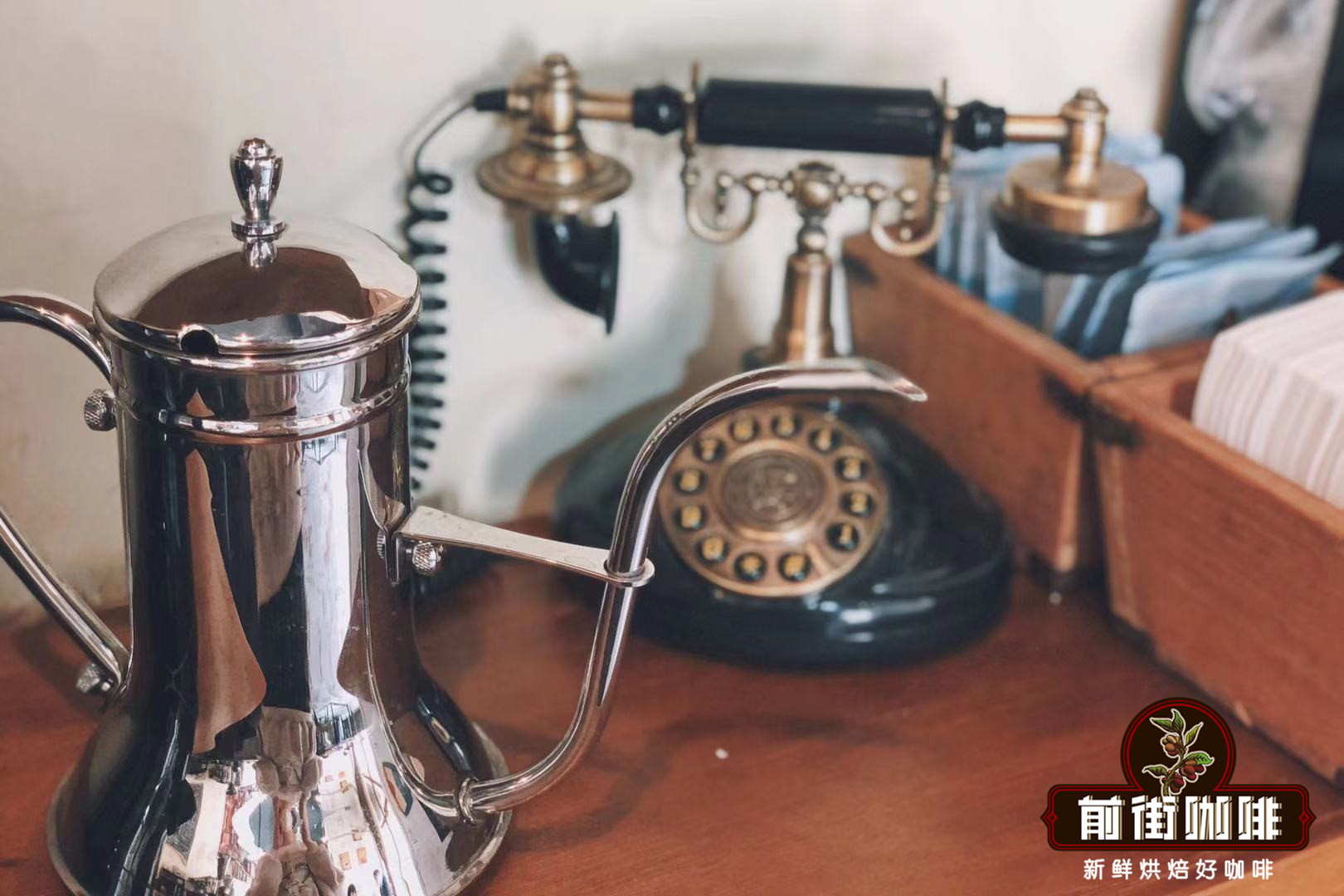
Professional coffee knowledge exchange more coffee bean information please follow the coffee workshop (Wechat official account cafe_style)
When it comes to which producing area has the best honey treatment of coffee beans, it must be Costa Rica. Costa Rica is the founder of honey treatment, and its honey treatment technology is naturally perfect. Then the next article, Qianjie Coffee, will give you a story about the flavor characteristics of Costa Rican honey-treated coffee beans and the taste characteristics of Costa Rican honey-treated coffee.
Source of Costa Rican coffee honey treatment
The honey treatment method was developed by coffee farmers in Costa Rica. The background of the research and development is that most of the coffee production areas in Costa Rica are on steep mountains, and the transportation is not convenient. So when the coffee fruit from our own farm was sent to the washing plant at the foot of the mountain, it was found that many coffee fruits were damaged; as a result, the yield and income of coffee beans became less, so the honey treatment method was developed in this way.
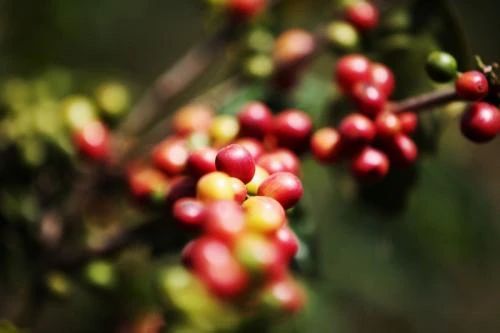
Secondly, it is understood that Qianjie Coffee is because there are few raw bean merchants to purchase high-quality coffee fruits in the mountains of Costa Rica, so there is a lack of sales channels. These bean collectors buy them at very low exploitative prices, so the coffee farmers on the mountain do not trust these purchasers. Only then will they invent the honey treatment method to sell coffee beans in the form of self-production and self-sale, so as to earn more income to make a living.
At present, honey treatment is widely used in coffee producing areas in Central America because of its good flavor, and many special honey treatments have been developed in Costa Rica. For example, the Costa Rican musicians' series of Bach coffee beans and Mozart coffee beans in the front street coffee shop are made by grape dried honey treatment and anaerobic honey treatment, respectively.
What is honey treatment?
Honey treatment, called HoneyProcess or MielProcess, is the method of peeling off the pulp and drying the fruit with endocarp.
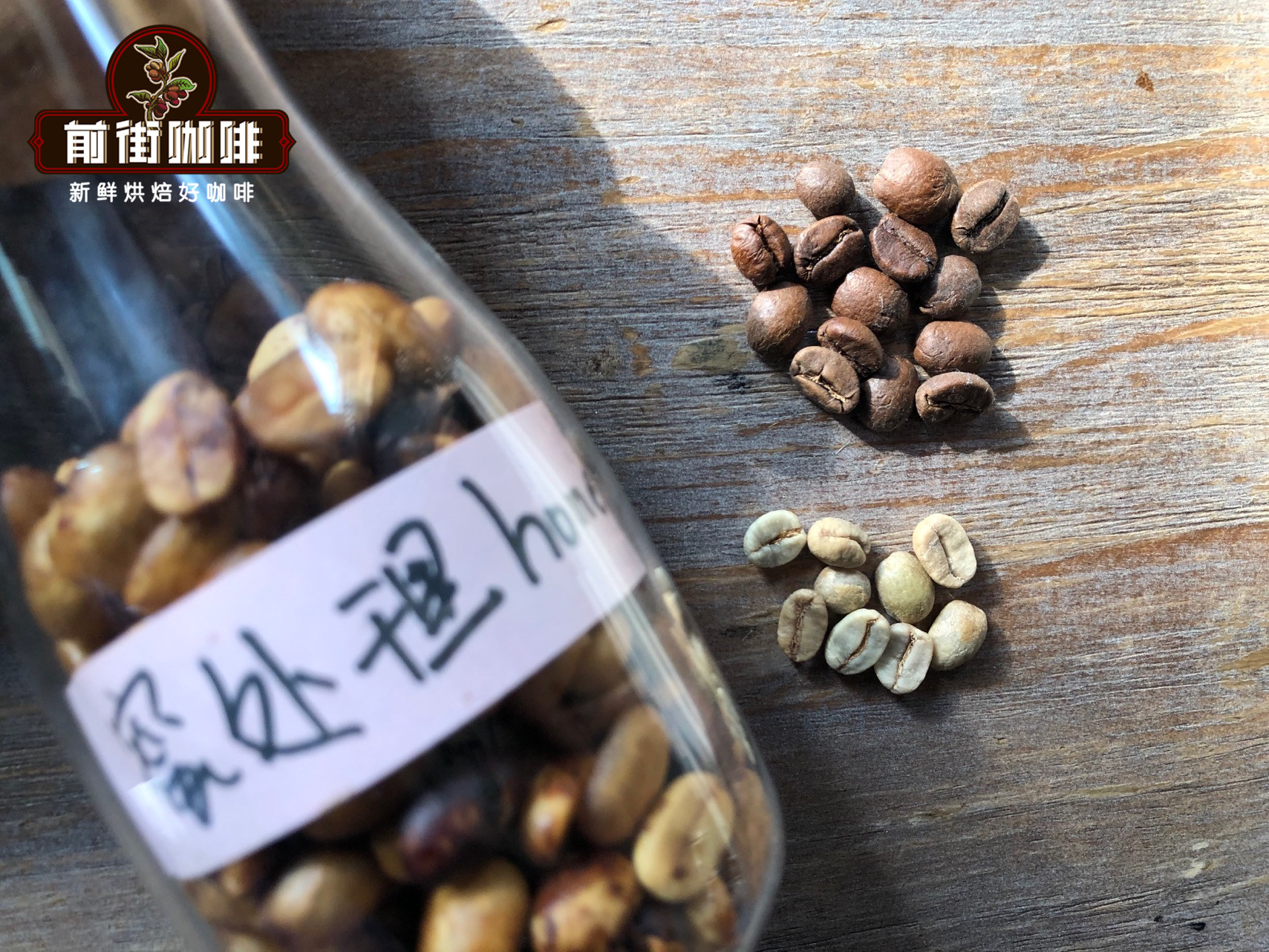
Qianjie coffee also mentioned above that the main treatment methods of coffee beans are washing and sun treatment, which, as the name suggests, is the method of drying coffee beans naturally after harvesting; water washing is the method of peeling off the pulp and removing the gelatinous substance from the surface by fermentation. Honey treatment is a compromise between the two methods. after hearing the name honey treatment, many people will think that it is a process of processing with honey, or the coffee will have a honey flavor after processing, but it is not. Because in the process of drying, the water of the gel on the surface of the core will evaporate, so it becomes as sticky as honey, hence the name.
Honey treatment process
1. Like the first step of the washing method, all the coffee fruits are put into the water to pick out the floating beans, defective beans, and retain the good coffee fruit.
two。 Take the screened coffee fruit directly to the elevated bed to dry for at least three days, reducing the moisture content of the coffee fruit to 20%.
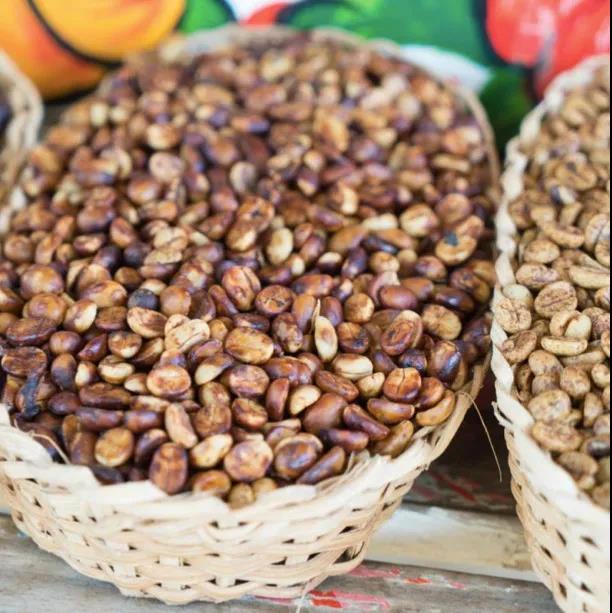
3. Then put the dried coffee beans into a peeling machine to remove the peel and pulp, leaving pectin, which is why honey-treated coffee beans are sweet, because pectin is the highest sugar content in coffee fruit.
4. The coffee beans that retain pectin are then dried so that the water content of the coffee is reduced to 11%, which can be stored in the warehouse.
And according to Qianjie, honey treatment will be classified according to how much pectin is retained. Coffee beans that remove 40% pectin are called yellow honey; coffee beans treated with 25% pectin are divided into red honey; and the coffee beans treated with honey that retain 100% pectin are divided into black honey.
And honey-treated raw coffee beans in the drying process should also be very careful. Because pectin is retained on honey-treated coffee beans, there will be many mucous membranes, which have to be turned constantly in the drying process to prevent mildew and excessive fermentation.
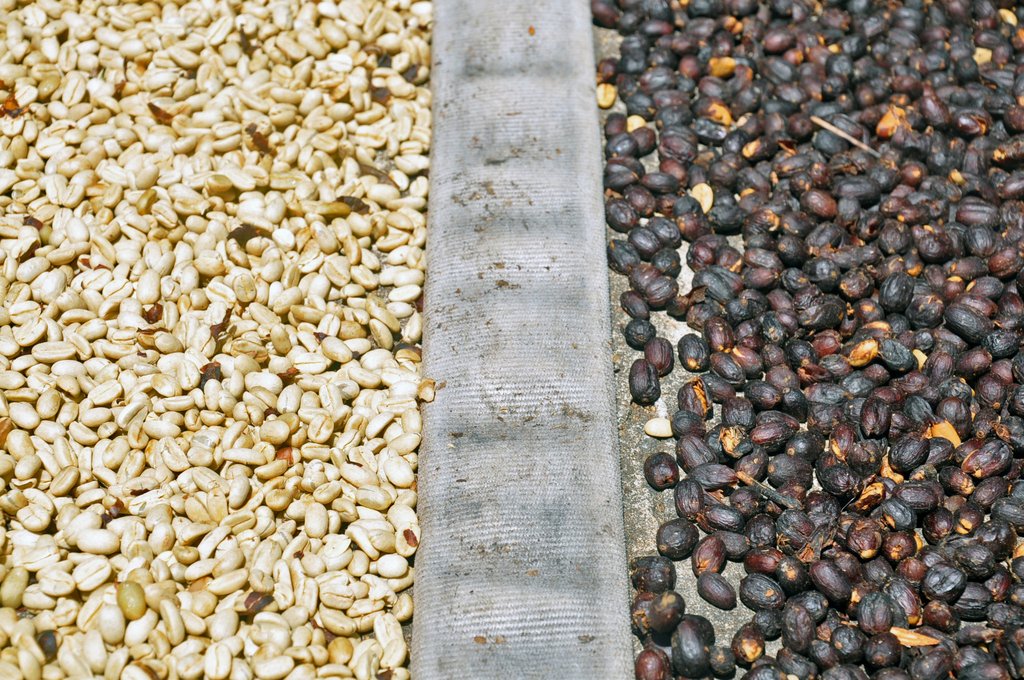
Advantages and disadvantages of honey treatment
Advantages: because honey treatment is an improved method of tanning, because the pulp is removed from the beginning, there is no problem of mildew. And does not need to consume a lot of water, the cost is low.
Disadvantages: processing steps can be said to be the most complex and labor-intensive of all ways.
Honey-treated flavor
As the former street article said, honey treatment can increase the sweetness of coffee, relatively reduce its acidity, its aroma will be more meticulous, of course, this is a good situation in which honey treatment is carried out. If the implementation is not good, it will taste bad acetic acid, like the spicy smell of onions or garlic, even if it is carried out quite well, it will still have some muddy smell, the rest of the rhyme will be less clean, and the miscellaneous smell will be heavier than the normal washing method. Therefore, on the whole, the risk of using honey treatment is much higher than that of ordinary wet treatment.
Secondly, the honey treatment method can be divided into three kinds by color, which are "yellow honey", "red honey" and "black honey". What's the difference between them? Qianjie Coffee is here to answer for coffee lovers.
What is the difference between "yellow honey", "red honey" and "black honey"?
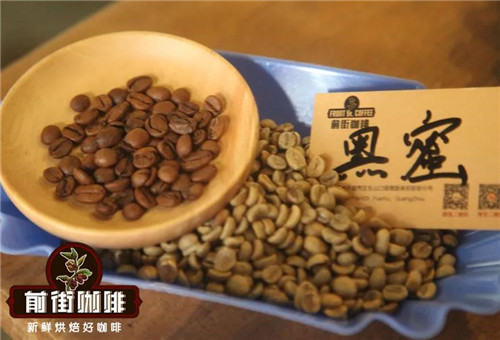
Black honey: hardly removes pectin, so it takes the longest time to dry and lasts for more than 14 days. In order to avoid drying too fast, cover will be used to block too strong sunlight to make sugar conversion more fully.
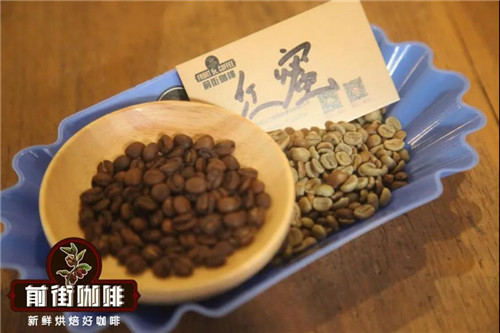
Red honey: remove 25% pectin (the specific practice varies from manor to manor), the sun lasts about 12 days, shading may also be used in the process, coffee is turned several times a day, not as frequently as yellow honey.
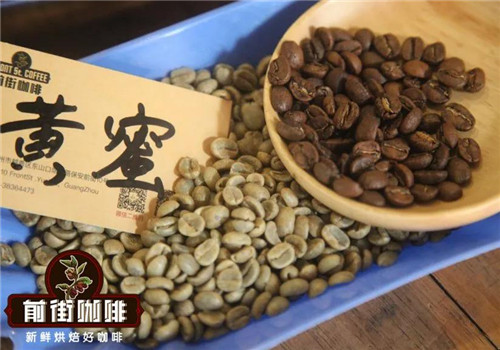
Yellow honey: remove 40% pectin, dry in light at most, last about 8 days, coffee is placed on the scaffolding and turned once an hour.
Therefore, from "yellow honey" to "black honey", the drying time is longer and the management requirements are more stringent. If you have to pick out the advantages and disadvantages of the three, Qianjie coffee thinks that the best taste is "black honey", because the endocarp has the most amount, and the taste is the richest and stronger.
Producing "yellow honey" and "red honey" is because coffee farmers also need to consider from a commercial point of view, taking into account the cost and price, it is also feasible to give consumers a variety of options.
Why are honey-treated coffee beans so popular?
As mentioned above in Qianjie Coffee, coffee beans treated with honey have an excellent sense of sweetness in flavor performance, and this sweetness cleans the concept that coffee lovers used to be bitter to coffee. Therefore, it is very popular with coffee lovers who have just come into contact with coffee beans. Secondly, there are many coffee bean enzyme treatments inspired by honey treatment, and the flavor is also higher.
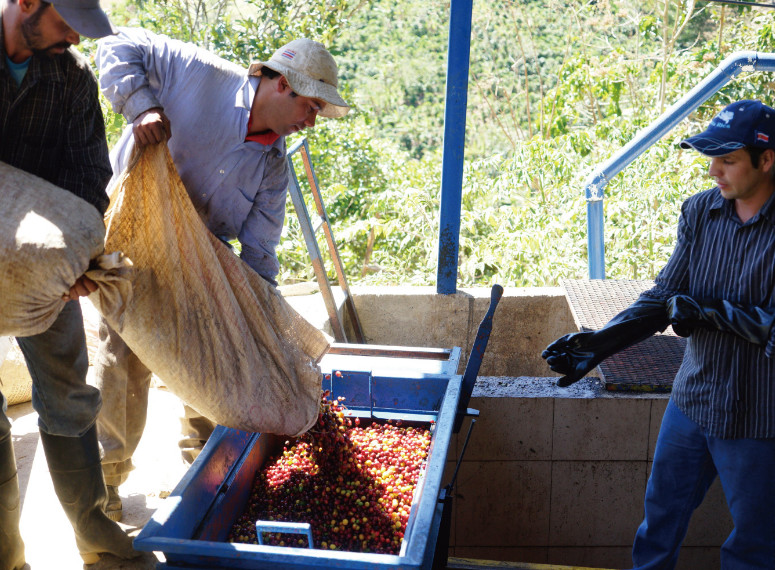
In addition, Qianjie coffee also mentioned above that there are three honey treatment methods, among which the coffee beans treated with black honey have the highest sweetness and the best flavor, and the corresponding treatment conditions are more stringent, which means that coffee beans can have a stable quality assurance, and naturally there are coffee lovers who are willing to pay for delicious food, so this is also the reason why honey-treated coffee beans are popular.
Next, Qianjie Coffee will share the more popular Costa Rican honey processed coffee beans to everyone.
Front Street Coffee Costa Rican musicians Series Mozart Coffee beans
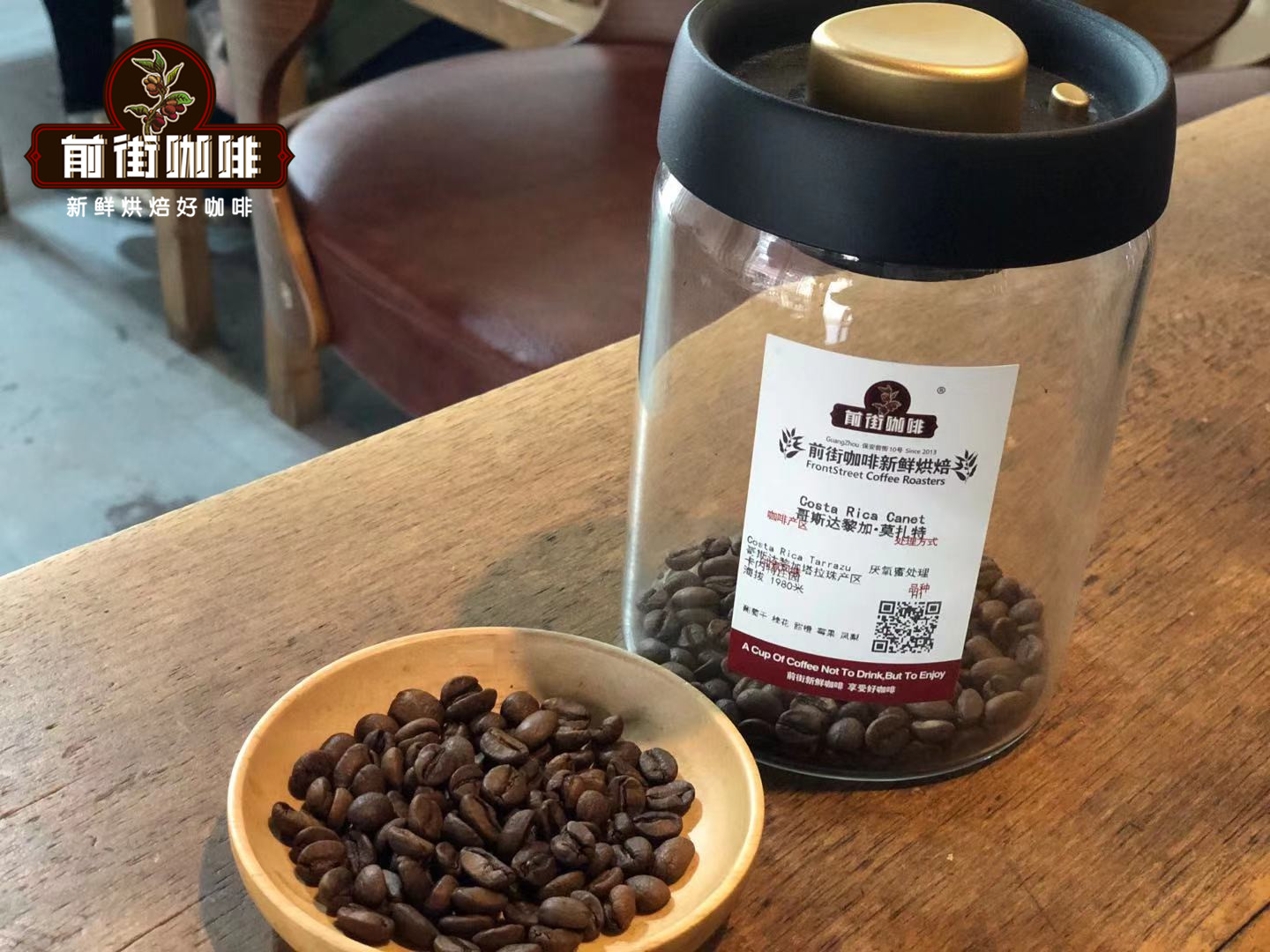
Country: Costa Rica
Producing area: Tarazhu
Altitude: 1800m
Variety: H1
Treatment: raisin honey treatment
Flavor: raisin sour berry blossom, fermented wine
Mozart is known as the prodigy Mozart of the classical music collection, and is famous for his gorgeous classical music, so the gorgeous aroma of Mozart coffee beans refers to Mozart's elegant floral aroma, white flower aroma like orange blossom, which can also be felt when brewing in front of the street, while the gorgeous taste refers to Mozart coffee with more dark berries, raisins and traces of red berries. In the middle and later stage, you can still feel the acid value of plums and the sweetness of gummy bears. After cooling down, it still retains the fragrance and sweetness of the flowers. The flavor is very unique, and you can really feel the gorgeous taste.
Front Street Coffee Costa Rican musicians Series Bach Coffee beans
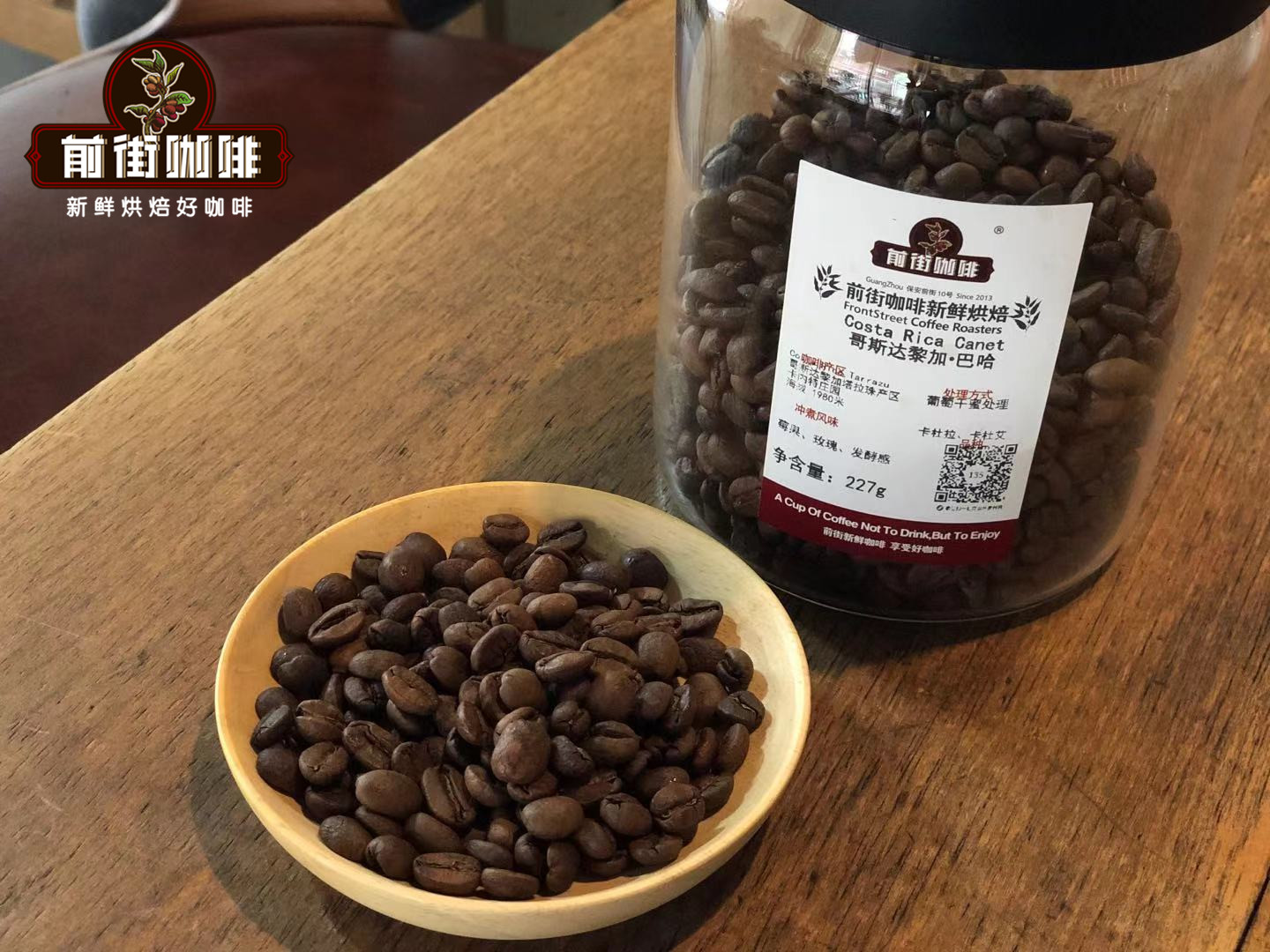
Country: Costa Rica
Producing area: Tarazhu
Altitude: 1950m
Variety: H1
Treatment: raisin honey treatment
Flavor: fermented wine, berry fruit and tea notes
Bach's music is exquisite, rich and organized at the same time. This dried coffee bean has aromas of strawberries, blackberries, raisins and other fruits. As soon as the front street is cooked, there is an obvious aroma of flowers and fruit, and after the entrance, there is also a strong aroma of fruit and a sense of sour and sweet, with a slight wine aroma in the middle and back, like red wine. After cooling down, it has a sweet aroma of candied fruit, and the aroma of the wine is more obvious, and you can even feel the flavor of plum wine. Such a delicate taste is indeed like the music of Bach, and every mouthful seems to be in the splendor and rigor of baroque aesthetics.

The above two honey-treated coffee beans come from the Carnett Manor in the Tarazu producing area of Costa Rica. The name of the manor is because the owner likes music very much, so he uses the name of the musician as the name of the coffee bean, and its flavor also has its own characteristics. Interested coffee lovers might as well try these two honey-treated coffee beans. Next, Qianjie Coffee will share the hand extraction parameters of these two coffee beans to everyone.
Suggestion on brewing Costa Rican coffee beans in front of the street
Filter cup: Hario V600001
Powder content: 15g
Powder / water ratio: 1:15
Water temperature: 90 °C
Degree of grinding: medium and fine grinding (81% of Chinese standard No. 20 screen pass rate)
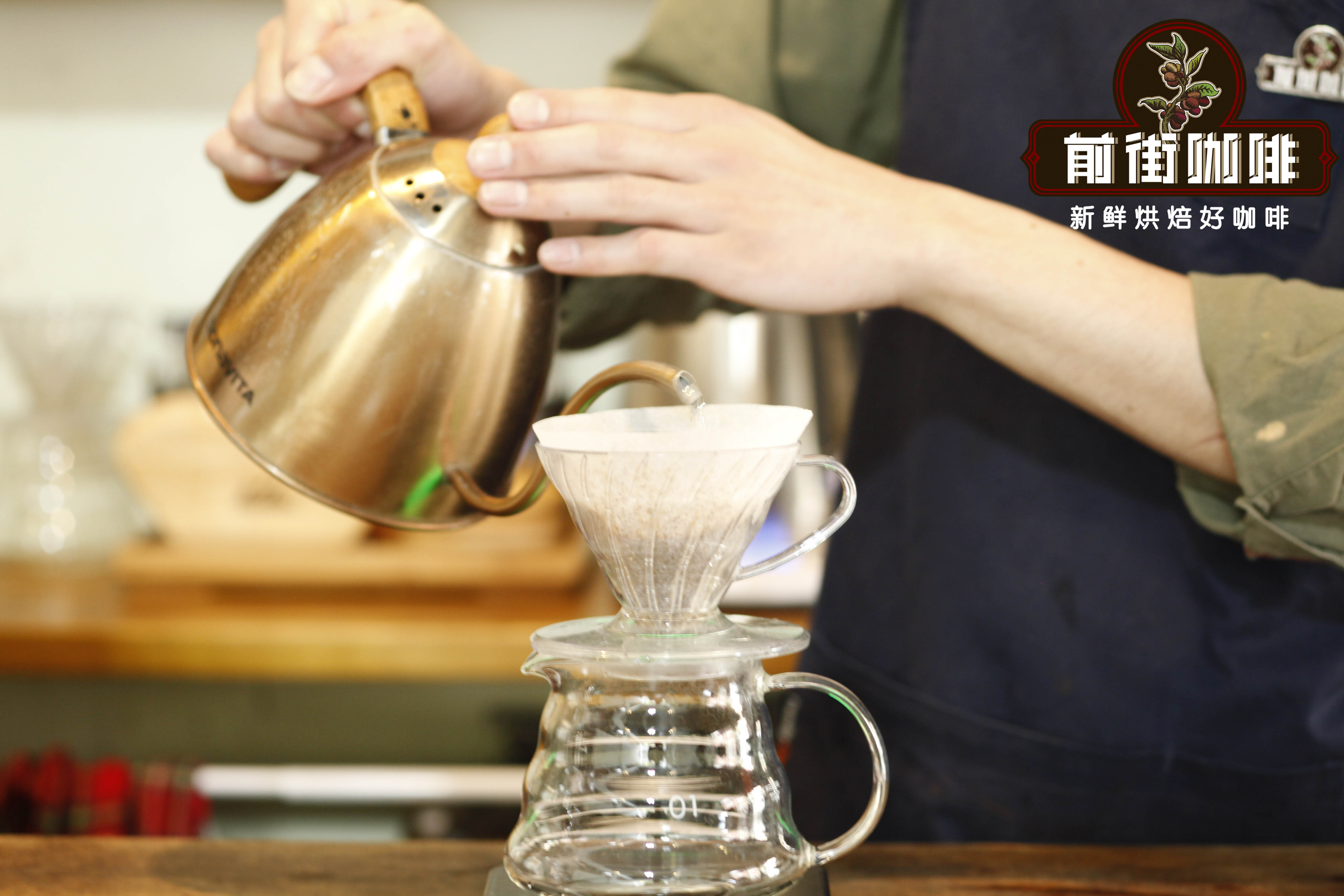
Qianjie coffee brewing technique: segmented extraction technique.
First of all, the powder layer was fully wetted in the shape of "hamburger" for 30 seconds with 30g water, and then the second stage was boiled. In the front street of the second section, the smooth medium-fine water is injected around the circle, and the water is injected to 125g at 55s of the timer, then stop and wait for the water level to drop to 2 / 3 of the powder layer to inject into the third section. The third section of the front street continues to be flat 1: 55 ".
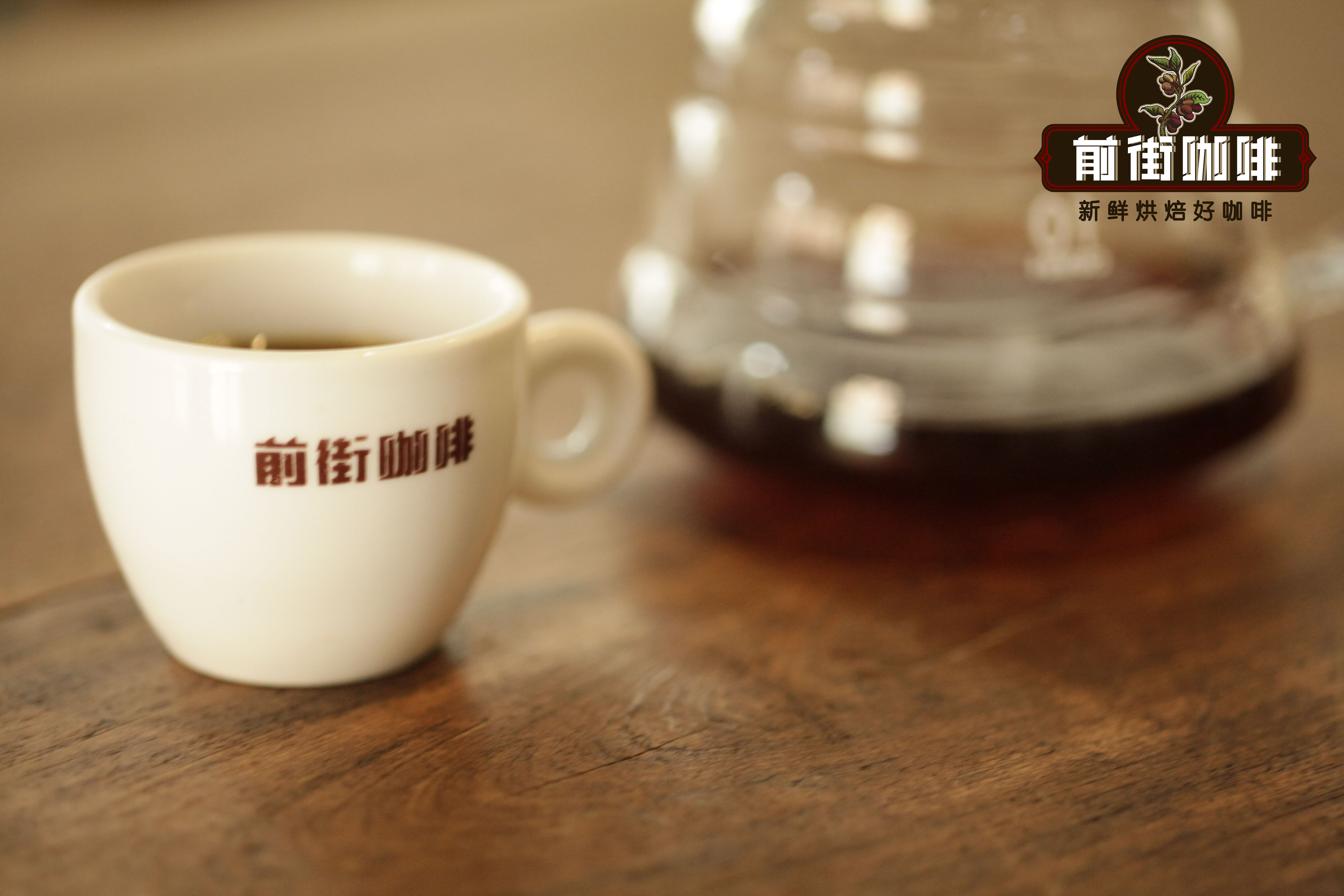
Baja coffee bean brewing flavor: the high temperature is grape-like sweet and sour and wine-like fermented feeling, slowly cooled to a red berry-like juice and rose aroma, the tail is as sweet as caramel.
Mozart coffee bean brewing flavor: berry, fermentation aroma, entrance with raisins, sweet orange, fermented wine and sweet-scented osmanthus fragrance under the change of temperature.
The above are the brewing parameters of hand-brewed Costa Rican coffee beans shared by Qianjie Coffee. I hope it can help coffee lovers so that they can get the correct coffee flavor in the future.
For more boutique coffee beans, please add private Qianjie coffee on Wechat. WeChat account: kaixinguoguo0925
Important Notice :
前街咖啡 FrontStreet Coffee has moved to new addredd:
FrontStreet Coffee Address: 315,Donghua East Road,GuangZhou
Tel:020 38364473
- Prev

What is Yega Shefi? What's the difference between yerga shefi and sidamo? Yega Shefi's washing day
What's Yega Shefi? Yirga cheffe is a small town in Ethiopia with an altitude of 1700-2100 meters. It is one of the highest coffee producing areas in the world. It is also synonymous with Ethiopian fine coffee. Yejia Shefei coffee is produced in the mountainous area above 5800 meters above sea level in Sidama, Ethiopia. It is famous in the world mainly in recent years.
- Next

Sumatran Coffee grading Sumatran Coffee Flavor description is Sumatran coffee good
Professional coffee knowledge exchange more coffee bean information please follow the coffee workshop (Wechat official account cafe_style)
Related
- Does Rose Summer choose Blue, Green or Red? Detailed explanation of Rose Summer Coffee plots and Classification in Panamanian Jade Manor
- What is the difference between the origin, producing area, processing plant, cooperative and manor of coffee beans?
- How fine does the espresso powder fit? how to grind the espresso?
- Sca coffee roasting degree color card coffee roasting degree 8 roasting color values what do you mean?
- The practice of lattes: how to make lattes at home
- Introduction to Indonesian Fine Coffee beans-- Java Coffee producing area of Indonesian Arabica Coffee
- How much will the flavor of light and medium roasted rose summer be expressed? What baking level is rose summer suitable for?
- Introduction to the characteristics of washing, sun-drying or wet-planing coffee commonly used in Mantenin, Indonesia
- Price characteristics of Arabica Coffee Bean Starbucks introduction to Manning Coffee Bean Taste producing area Variety Manor
- What is the authentic Yega flavor? What are the flavor characteristics of the really excellent Yejasuffi coffee beans?

